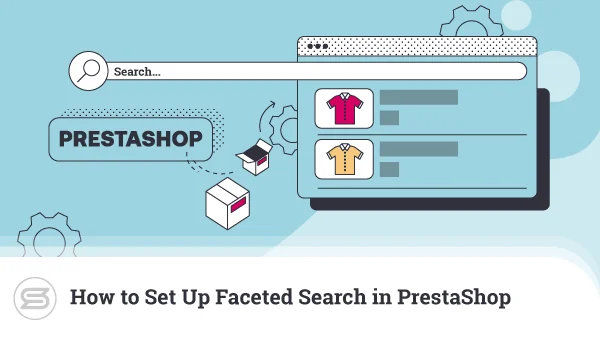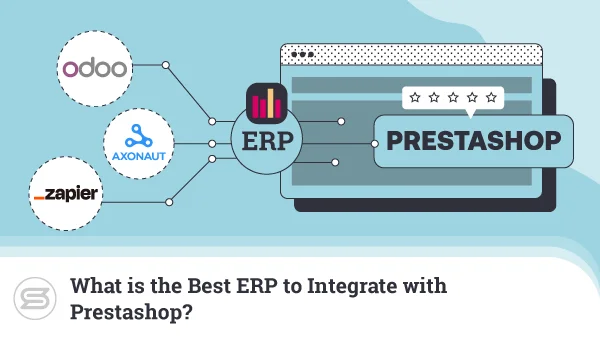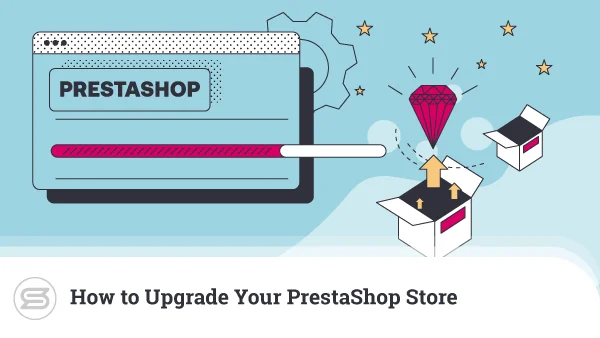2025 Valentine’s Day Statistics, Trends, and Predictions
Celebrated annually on February 14th, Valentine’s Day is one of the most commercially significant holidays worldwide. While it traditionally focuses on flowers and romantic dinners, the rise of e-commerce, changes in consumer behavior, and the growth of online shopping have also made it a global shopping event.
At a glance, these are some of the most eye-opening statistics for the day that celebrates love:
- Roughly 59% of consumers celebrate Valentine’s Day globally.
- In 2025, US consumers are expected to spend $27.5 billion on Valentine’s Day.
- Over $6.4 billion was spent on jewelry for February 14th, 2024.
- Americans between the ages of 35-44 spend the most on their romantic partners.
- 55% of men in the US will participate in Valentine’s Day in 2025.
- There was a 21% increase in online Valentine’s gift shopping between 2023 and 2024.
- Between February 11 and 13 there’s an annual spike in Google traffic for Valentine’s Day searches.
- Over 60% of consumers buy a Valentine’s Day gift they see on social media.
With so many people celebrating and purchasing gifts, Valentine’s Day has also had an impact on website traffic, e-commerce growth, and online ordering, and the trends and predictions for 2025 reflect this.
Valentine’s Day Spending Trends

While approximately 59% of consumers celebrate Valentine’s Day globally, in the US alone, this holiday was expected to drive approximately $25.8 billion in spending in 2024. This was a slight decrease from the $27.5 billion spent in 2023, but still a significant amount overall.
Interestingly, a National Retail Federation (NRF) and Prosper Insights & Analytics survey shows that in 2025, spending is predicted to increase again and match the $27.5 billion of two years prior.
In 2024, the average US consumer was also projected to spend $185.81 on Valentine’s Day gifts, which was up from the previous year’s $175.41 and a reasonable jump from just over $100 in 2009. In 2025, the NRF survey reveals that this sum will increase to $188.81 on average for the holiday. This average spend is also higher than the average dinner and movie date in the US, which currently costs $123.
The growth in spending shows that people are continuing to prioritize this occasion despite the challenges of inflation and global economic uncertainty. However, the NRF’s survey also revealed that more than half of consumers will take advantage of sales and promotions when shopping for gifts, highlighting that economics plays a major role in the occasion.
Gifts For More Than Just Romantic Partners
When it comes to who consumers are spoiling, it’s evident that Valentine’s Day is no longer just for romantic partners or spouses.
A YouGov survey revealed that 60% of Americans say it’s a holiday that celebrates romantic and platonic relationships rather than just romantic ones. In 2024, this was clearly evident, as consumers bought gifts for friends, co-workers, classmates, teachers, and even pets. Of those who were splurging, consumers between the ages of 35 and 44 spent the most on their romantic partners, but they also spent the most on gifts for their pets!
Additionally, there’s a growing trend for those who don’t celebrate to still treat themselves. The NRF survey revealed that in 2025, 28% of respondents still plan to mark the occasion in some way. The most popular ways to do so included treating themselves to something special, followed by a get-together or evening out with other single friends or family.
Made popular by the TV show Parks and Recreation, Galentine’s Day, which celebrates female friendships the day before February 14th, has grown in popularity, too. It’s increasingly being adopted by younger, more mainstream audiences, and marketers are capitalizing on this. The LGBTQ+ and trans community are also embracing this celebration as it bucks the heteronormative narrative of traditional Valentine’s Day, offering an inclusive space to celebrate all forms of love and friendship.
Biggest Valentine’s Day Purchases
Valentine’s Day used to be about red roses and boxes of heart-shaped chocolates. However, while consumers still purchase 58 million pounds of chocolate and candy during Valentine’s week and florists stock approximately 250 million roses, consumer habits now reveal slightly different trends.
In 2024, US consumers spent the most on jewelry, accounting for $6.4 billion of the overall spend. Other major spending categories include:
- Flowers – $2.3 billion
- Candy – $2.2 billion
- Evenings out – $4.9 billion
- Clothing – $2.1 billion
This is a bit of a shake-up from 2023, when candy topped the list, and jewelry was in fifth place, topped by flowers, greeting cards, and dinner.
Which Age Groups Buy The Most Gifts?
A survey conducted by SurveyMonkey revealed the age groups most likely to spoil their partners were those between 18 and 29 years old and 45 and 60. Those aged 18-29 (Gen Z and Millenials) and in a relationship for two years or less were 71% most likely to buy a Valentine’s gift, while 68% of those aged 45-60 (Gen X and Baby Boomers) were inclined to do the same. Interestingly, those in a committed long-term relationship for 16-20 years were the least likely to buy gifts for Valentine’s Day.
Previous surveys also found that 60% of 30-44-year-olds with kids under the age of 18 were the least likely to celebrate Valentine’s Day, and in 2024, this number increased by 5%. This age group was also the most likely to view Valentine’s Day as a “commercialized” holiday or a scam. However, those consumers between the ages of 35 and 44 who did buy gifts spent the most of all age groups, splashing out an average of $335.71 per person.
When it comes to gender, those identifying as male are tipped to be the ones who celebrate the most in 2025, with 55% saying they plan to participate in Valentine’s Day. This is a 4% increase from 2024.
E-Commerce and Online Shopping on Valentine’s Day
With online shopping becoming the go-to method for purchasing gifts, many businesses have optimized their websites to accommodate the surge in web traffic around February 14th. When you look at the stats, it’s easy to see why.
According to Statista, about 40% of US consumers were expected to buy their Valentine’s Day gifts online in 2024. This marks a whopping 21.2% increase in online shopping over the previous year. In contrast, only 30% were tipped to visit land-based retailers for their purchases.
This trend is not exclusive to the US; e-commerce platforms have seen a rise in Valentine’s Day sales globally. In the UK, Valentine’s Day shopping was expected to generate over £2.1 billion in retail spending in 2024, while in Asia, nearly 80% of consumers planned to shop for gifts online.
In addition to buying traditional gifts, experiences have grown in popularity. In 2024, online travel searches for Valentine’s Day were 15% higher than in 2023. Of those, up to 4% of searches were for international travel, while the balance was for domestic flights within the US.
Website Traffic Surges Over Valentine’s Day
The increase in online shopping during Valentine’s Day naturally leads to a significant rise in website traffic. Many e-commerce websites see a 30% to 50% increase in traffic during the weeks leading up to Valentine’s Day, with Google reporting an annual spike in searches between February 11 and 13.
In the US, online retailers and brands such as Amazon, Zazzle, Fenty Beauty, and The Body Shop ramp up their marketing campaigns to meet the surge in demand. Social media also plays a major role in influencing buying decisions. Platforms like Instagram, Pinterest, and TikTok are all instrumental in consumers finding new gift ideas and inspiration, with reports showing that over 60% of people purchase a product for the holiday after seeing it on social media.
This surge in web traffic presents opportunities and challenges for businesses. On the one hand, higher traffic can lead to increased conversions and sales. On the other, it can strain website infrastructure, resulting in slower load times or website downtime if not properly optimized. For this reason, businesses are encouraged to invest in scalable infrastructure, fast-loading websites, and seamless shopping experiences to effectively handle the surge in traffic.
Increase in Online Orders Implication for Delivery Services
With increased Valentine’s Day sales comes a greater demand for delivery services. Some logistics companies report as much as a 15% increase in shipments during this period, with same-day delivery requests surging by around 300%.
This demand also extends to stock availability. In 2024, FedEx anticipated delivering over 1,100,000 kilos of flowers to the US, an increase of 8% from the previous year. To meet the high demand, they added 14 more flights from Colombia, where most flowers in the US are imported from.
Preparing for the Valentine’s Day Boom
As these statistics and trends clearly show, consumers are continuing to gravitate toward online shopping for their Valentine’s Day needs. Despite inflation and economics, a growing number of people are celebrating and spending money—not just on their partners but on other special people (and pets), too.
By embracing these trends and optimizing your website for Valentine’s Day, your business can make the most of this annual holiday. In doing so, you won’t miss out on sharing the love.



